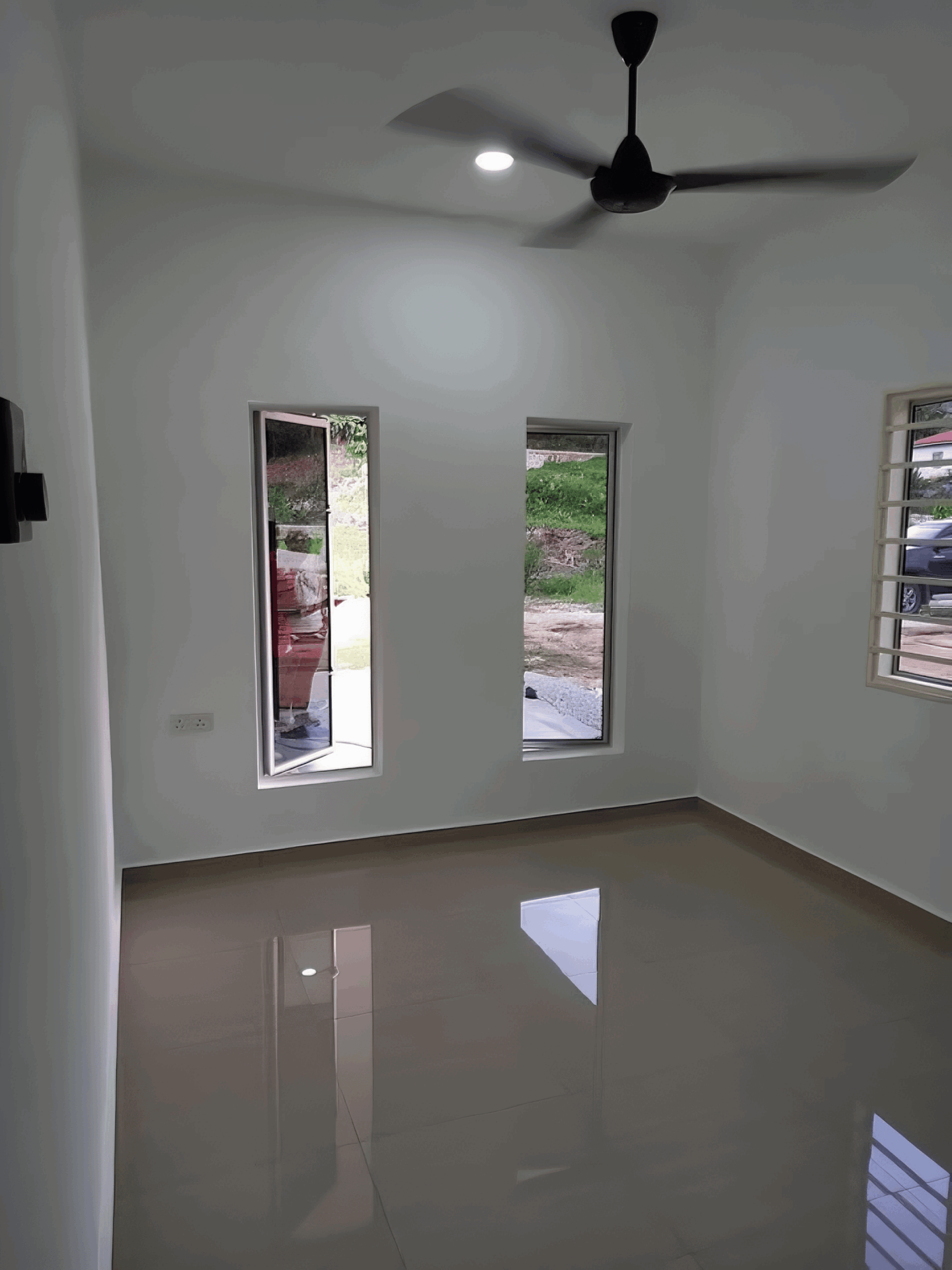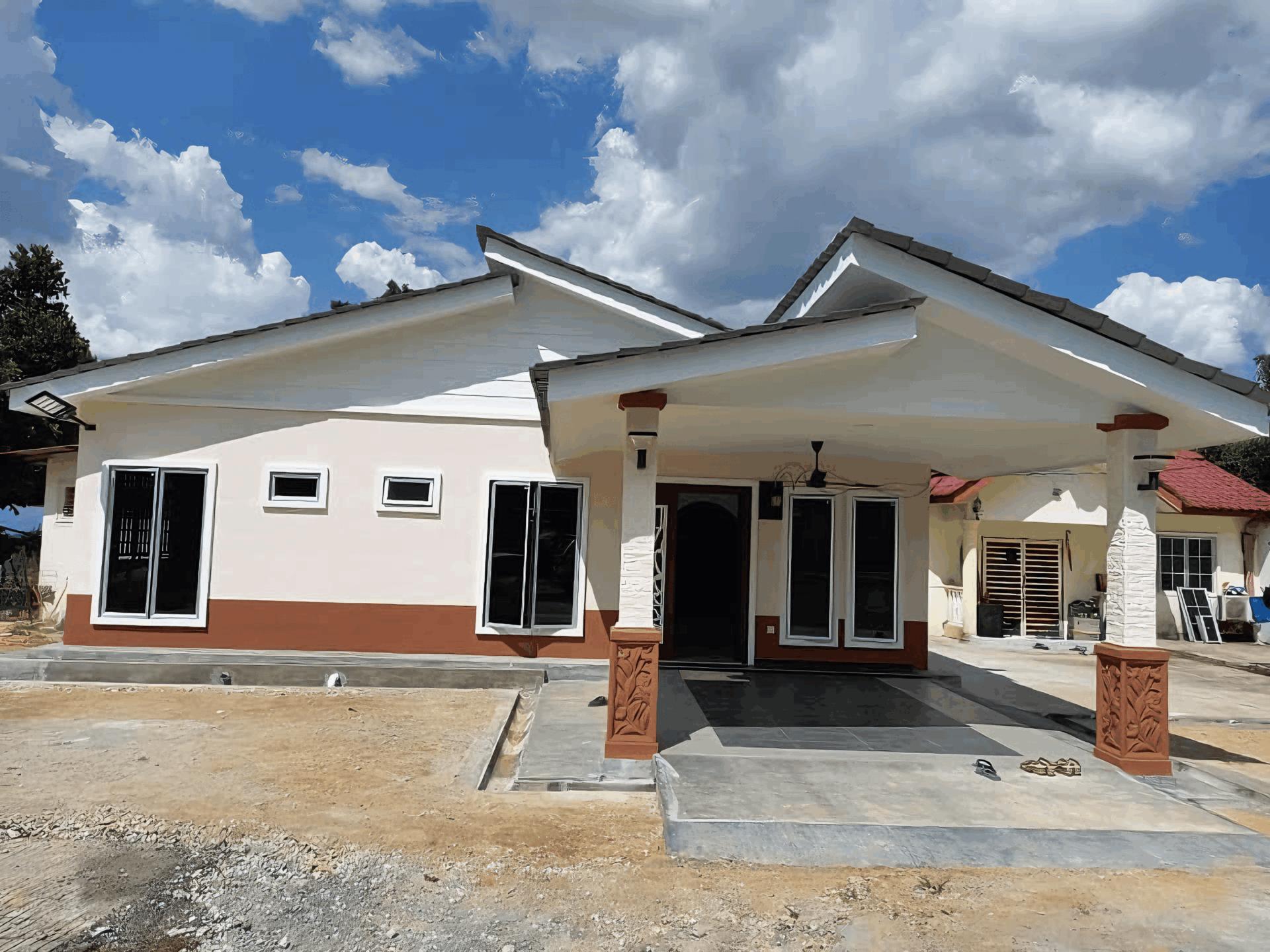In the bustling world of construction, where deadlines loom and budgets teeter, there’s an unsung hero often overlooked: payment schedules. While the focus is usually on blueprints and building materials, the structure of your payment plan could actually be your best safety net. In Malaysia’s vibrant construction landscape, knowing how to navigate these financial timelines can make all the difference in keeping your project on track and your worries at bay. So, whether you’re a seasoned contractor, a project manager, or just stepping into the scene, let’s explore how turning payment schedules into your protective cushion can help you weather any storm that comes your way. After all, a solid financial foundation is just as crucial as a sturdy concrete one!
Understanding the Importance of Payment Schedules in Construction
In the realm of construction, payment schedules serve as the backbone of financial security and project planning. By clearly delineating when payments are due, these schedules help all parties involved understand their financial responsibilities. This transparency not only fosters trust among contractors, subcontractors, and clients, but also offers a structured timeline that keeps everyone on the same page. With well-defined payment schedules, there’s a greater chance of minimizing disputes and ensuring that each party is fully aware of their obligations.
Additionally, having a clear payment schedule allows contractors and subcontractors to manage cash flow more effectively. This is particularly crucial in construction, where unexpected costs can arise. Establishing payment milestones means that once a certain stage of work is completed, payment can be processed without delay. This structured approach enables project managers to allocate resources efficiently and maintain financial stability, creating a buffer against unforeseen expenses. For example, when the foundation is set or framing completed, getting immediate payment ensures smooth operations moving forward.
| Milestone | Payment Due | Importance |
|---|---|---|
| Contract Signing | 20% | Initial commitment and project kickoff |
| Foundation Completion | 30% | Critical for cash flow and resource allocation |
| Framing Completion | 25% | Ensures continued progress and morale |
| Final Inspection | 25% | Completes financial cycle with project closure |
Moreover, having a payment schedule acts as a safeguard, helping both clients and contractors to plan ahead. Clients can budget their finances appropriately, while contractors can forecast their upcoming expenses. This proactive approach ensures that everyone has their eyes on the future, reducing the chances of financial strain on any party involved. In the dynamic world of construction, where the unexpected often becomes the norm, a reliable payment schedule can truly act as a safety net that catches potential pitfalls before they lead to larger issues.

Establishing Clear Milestones for Financial Security
Creating a roadmap to financial security starts by pinpointing clear milestones that align with your construction projects. These checkpoints help you monitor your progress and ensure you’re on track to meet your financial goals. Start by breaking your project into distinct stages, such as planning, construction, and project completion. For each stage, set specific financial targets that reflect the expected expenses and revenues. This strategy not only keeps you accountable but also provides a quick reference to evaluate your financial health throughout the project.
When establishing these milestones, consider the following factors:
- Project Duration: Define how long each phase will take to avoid unexpected costs.
- Payment Inflows: Schedule specific dates for receiving payments from clients to match your outflows.
- Contingency Funds: Set aside an emergency fund at each milestone to cover unforeseen expenses.
To further enhance your planning, you could use a simple table to visualize your financial milestones. Here’s an example:
| Milestone | Expected Payment | Date |
|---|---|---|
| Planning Completed | RM10,000 | 1st March 2025 |
| Foundation Laid | RM30,000 | 15th May 2025 |
| Project Completion | RM50,000 | 1st September 2025 |
By outlining these milestones in a structured manner, not only do you create a safety net for your finances, but you also cultivate a systematic approach toward achieving your project goals. This organized framework empowers you to remain agile in facing challenges, while ensuring that each financial milestone is met with confidence, ultimately leading to greater security and success in your construction endeavors.

Aligning Payment Schedules with Project Phases
When it comes to managing construction projects, is a game changer. By synchronizing these funds with specific milestones, you not only ensure a steady cash flow but also create a framework that motivates your team. Imagine knowing that as soon as the foundation is laid, a chunk of payment is released. This sense of achievement can drive productivity, ensuring that everyone remains on track and focused.
One effective way to implement this approach is by breaking down your project into clear phases and defining payment triggers for each. Here’s a simple guideline to illustrate how you might structure this:
| Project Phase | Payment Trigger | Percentage of Total Payment |
|---|---|---|
| Pre-Construction | Initial Design Approval | 10% |
| Foundation Work | Foundation Complete | 20% |
| Structural Framework | Framework Inspection Passed | 30% |
| Finishing Touches | Final Inspection Approved | 30% |
| Project Handover | Client Satisfaction Confirmed | 10% |
Incorporating this strategy creates accountability; it ensures that all parties are aware of their responsibilities at each stage. Moreover, it acts as a safety net, allowing project stakeholders to navigate cash flow issues proactively. By tying payments to tangible outputs, you foster an environment where high-quality work becomes paramount, as everyone is invested in reaching the next milestone together.

Effective Communication with Clients to Secure Payments
When you’re knee-deep in construction projects, securing payments can sometimes feel like navigating a minefield. Building a solid communication strategy with your clients is key. Here’s how you can make those payment conversations smoother:
- Be Transparent: Always lay your cards on the table. Clarify the costs involved and the payment schedule upfront. This not only builds trust but ensures everyone is on the same page.
- Regular Updates: Keep your clients in the loop with regular progress updates. This way, they see where their money is going and feel more involved in the project.
- Open Channels: Foster an environment where clients can ask questions freely. This two-way communication will help you address any concerns before they escalate.
A proactive approach to discussions about payments can lead to a more comfortable relationship. Use tools like emails or project management software to send reminders as deadlines approach. Here’s a simple table to illustrate how regular reminders can minimize late payments:
| Reminder Timing | Action Recommended |
|---|---|
| 1 Week Before Due Date | Send a friendly reminder email |
| 3 Days Before Due Date | Phone call to confirm |
| 1 Day After Due Date | Follow-up on payment status |
Everyone loves to feel appreciated. Recognizing on-time payments with a simple thank-you can go a long way. It’s little gestures like this that can lead to smoother transactions in the future and show your clients that you value their business. Small, effective measures in communication can create a robust framework for securing those all-important payments, leaving you free to focus on the core of your construction work.

Navigating Common Payment Schedule Pitfalls
Payment schedules can be tricky, especially when you’re juggling different contractors and vendors. It’s essential to understand your payment terms clearly to avoid misunderstandings down the line. Make sure that everyone involved knows when payments are due, how much they are, and what deliverables they’re linked to. This avoids any awkward conversations about late payments and keeps your project moving smoothly.
One common pitfall to watch out for is the misalignment of expectations. Sometimes, contractors may assume they’ll be paid upon completing specific tasks, while you might expect a different timeline. It can lead to delays and frustration for everyone. A good practice is to have a clear matrix or table that outlines payment milestones alongside project phases. This helps everyone stay on the same page and can be a great tool during project meetings.
| Project Phase | Payment Milestone | Amount |
|---|---|---|
| Initial Deposit | Upon Contract Signing | 20% |
| Foundation Completed | Midway Point | 30% |
| Roof Structure In Place | Pre-Final Inspection | 30% |
| Project Completion | Final Delivery | 20% |
Lastly, don’t underestimate the importance of maintaining open lines of communication. Regular check-ins can help identify potential payment issues before they escalate. Make it a habit to discuss your budget and progress at key project milestones. By fostering a culture of transparency, you create a solid foundation that supports not just timely payments but also healthy working relationships.

Leveraging Payment Structures to Enhance Cash Flow
In the construction world, managing cash flow can feel like navigating a maze with endless twists and turns. One effective strategy is to structure your payment schedules in a way that aligns with your project timelines. By breaking down payments into specific milestones—such as project phase completions or material deliveries—you can ensure a steady influx of funds at critical points. This not only keeps your cash flow healthy but also reduces the stress of waiting for payments.
Consider introducing retention payments as part of your agreement. This means a portion of your fee is held back until the project is completed to satisfaction. While it might seem counterintuitive, it can actually serve as a motivator for timely payments and an incentive for quality work. Additionally, discuss upfront payment options for materials or deposits with clients to create liquidity when it’s needed the most. This proactive approach can keep your finances secure during the more unpredictable phases of construction.
Here’s a quick overview of how different payment structures can support your cash flow:
| Payment Structure | Benefits |
|---|---|
| Milestone Payments | Aligns payments with project progress, ensuring cash flow at critical points. |
| Retention Payments | Encourages quality and timely completion; motivates clients to make final payments. |
| Upfront Material Deposits | Increases liquidity early on; helps cover initial costs and secure materials. |

Implementing Tools and Technologies for Payment Tracking
Incorporating modern tools and technologies into payment tracking can revolutionize how your construction projects stay on budget and on schedule. With the right solutions in place, you can benefit from features that enhance transparency and minimize delays. Consider using software that offers real-time updates on payment statuses, allowing all stakeholders to have immediate access to the financial health of the project.
Key features to look for include:
- User-friendly dashboards that display payment timelines and milestones.
- Automated reminders for upcoming payments to ensure nothing slips through the cracks.
- Mobile accessibility, so you can manage payments on-the-go.
Investing in a solid payment tracking system doesn’t just simplify finances; it cultivates trust among contractors, suppliers, and clients. Here’s a quick look at how different tools compare:
| Tool | Key Benefit | Best For |
|---|---|---|
| QuickBooks | Comprehensive financial tracking | Small to medium-sized firms |
| Procore | Integrated construction management | Large scale projects |
| Invoice Ninja | Free invoicing solutions | Start-ups and freelancers |
By leveraging these advanced technologies, you can create a solid framework that not only tracks payments but enhances your overall project management. It’s essential to choose tools that align with your business preferences while catering to the needs of your team and partners. Embracing these innovations will transform your construction payment practices into a robust safety net that ensures stability and builds a reputation for reliability.

Building Strong Relationships to Ensure Timely Payments
Establishing meaningful connections with your clients and subcontractors is key to maintaining a steady flow of income. When you invest time and effort into building trust, you create an environment where parties feel comfortable communicating openly. This openness can lead to clearer expectations regarding payments, minimizing disputes and delays. By prioritizing long-term relationships over short-term gains, you enhance the chances of receiving payments on schedule.
Moreover, keeping a friendly rapport can foster loyalty and encouragement for timely payments. Consider having regular check-ins or casual catch-ups to discuss project updates. This not only strengthens the bond but also reminds everyone involved of their commitments. When clients feel valued and heard, they are more likely to prioritize payment schedules as part of their own operational responsibilities. Here are a few simple strategies to keep in mind:
- Frequent Communication: Reach out regularly to maintain active dialogue.
- Transparent Financial Practices: Share your payment terms and ensure everyone understands them.
- Express Gratitude: A simple thank-you note can go a long way.
By focusing on these elements, you’re not just ensuring financial flow; you’re also creating a network of reputable contacts that could prove invaluable for future projects. Creating an environment of mutual respect can transform a simple transaction into a partnership. Strong relationships are your best defense against late payments, allowing you to navigate your construction endeavors with confidence.
To Conclude
As we wrap things up, hopefully, you’ve picked up a few handy tips on how to transform those payment schedules into your very own safety net for your construction projects. Navigating the world of construction isn’t always smooth sailing, but with the right approach to managing your finances, you can create a buffer that keeps your projects on track even when the unexpected happens.
Remember, it’s all about planning ahead and staying informed. Whether you’re a seasoned contractor or just starting out, embracing these strategies can help ensure that you’re not just building structures, but a solid foundation for your business too. So, keep pushing forward, stay smart about your finances, and let those payment schedules work for you. Here’s to safer, more successful construction ventures ahead! Cheers!







